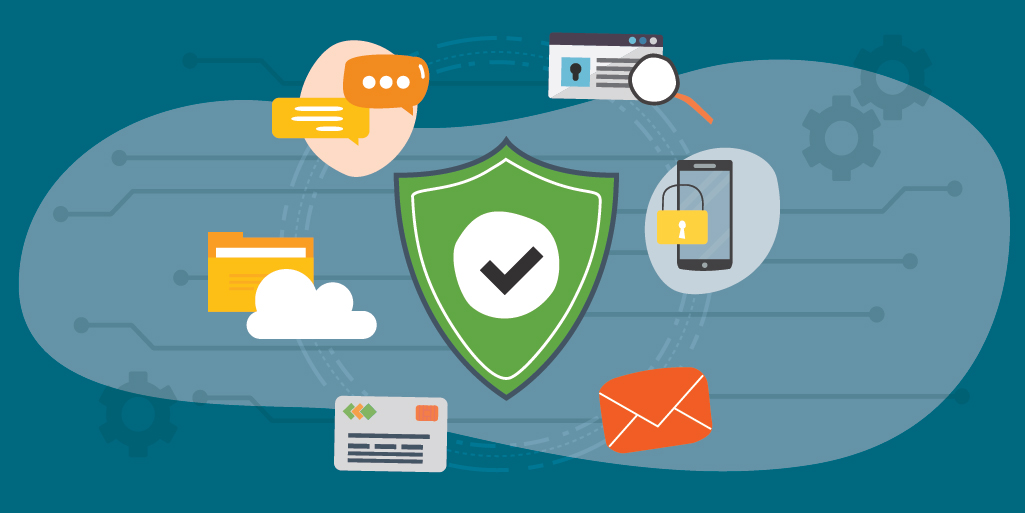
Open Systems Interconnection Model (OSI) is a framework used to describe the layers and functions of a networking system. First introduced in 1983, it was recognized as an international standard in 1984.
The OSI model has 7 layers:
- Physical-Transmits raw bit stream over physical medium. (cable)
- Data link-Format of data on the network. (MAC, Switches)
- Network-Physical path taken by the data. (IP, Routers)
- Transport-Uses TCP and UDP to transmit data. (TCP, IDP, Port numbers)
- Session-Maintains connections. Controls ports and sessions. (Syn/Ack)
- Presentation-Ensures data is in a usable format and data encryption occurs. (Encryption, ASCII)
- Application-applications that access network services. (HTTP, FTP, DNS, SMTP)
The layers have not change since 1983 but some of the components have shifted layers. As hardware becomes more and more capable it requires a reorganization of labeling. For example, some managed switches hopped into layer 3 if needing to send traffic across different subnets.
There is a hypothetical layer 8. It is not officially a part of the OSI model and has no functionality. Layer 8 may be referenced by IT professionals as an allusion to issues that may affect the network outside of the OSI – the end user or user error.
The TCP/IP model is a concise version of the OSI. It contains 4 layers:
- Network access-Combines OSI Layer 1 and 2.
- Internet-OSI Layer 3
- Transport-OSI Layer 4
- Application-OSI Layers 5, 6 and 7
Knowing the OSI model is important for IT professionals to understand how to build and protect their networks. It can assist with troubleshooting and identifying threats. Part of learning the layers of the OSI produced a variety of acronyms to assist with remembering the order of the layers. Whether you prefer to remember from the top down or the bottom up there are a number of popular mnemonics to assist.
Resources:
This is exactly why we still use the OSI model when we have TCP/IP Model.
The difference between OSI and TCP/IP Reference Model
